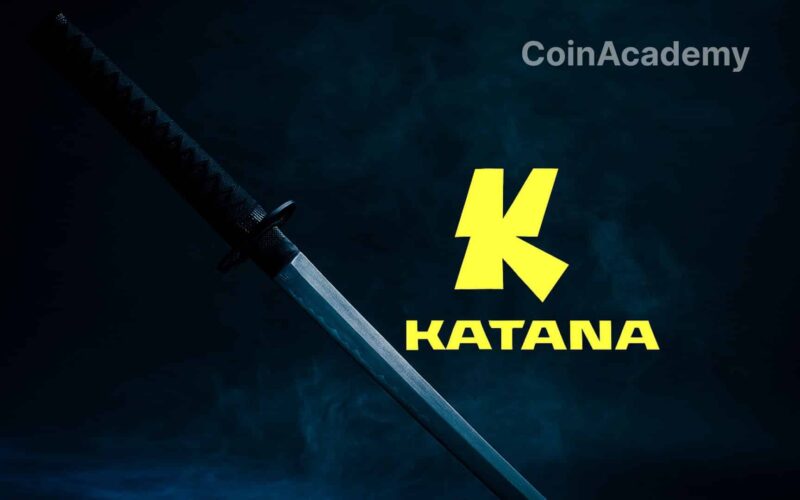A new Layer 2 chain is making its debut in the arena. Its name? Katana. Its goal? To slice through the fragmented DeFi space and concentrate liquidity where it truly matters.
Strategic Partnership between Polygon and GSR
Developed in the labs of Polygon Labs and market maker GSR, Katana is not coming out of nowhere. It is built on a customized version of the OP Stack, renamed cdk-opgeth, and seamlessly integrated into AggLayer, Polygon’s cross-chain meta-architecture.
More specifically, Katana is connected to Vault Bridge, a cross-chain solution that enables partner chains to monetize bridged assets. In simple terms: every token that traverses the ecosystem can generate sustainable revenues, a boon for all POL ecosystem stakers.
An Impressive TVL Already
Three weeks into its pre-launch phase, Katana has exceeded $240 million in productive deposits. This is before the distribution of the native token, KAT, which will be allocated 15% of the total supply (1.5 billion tokens) through an airdrop dedicated to POL stakers.
This figure places Katana among the best L2 DeFi launches of the year. For Polygon, it sends a strong signal to users: the new DeFi wave will not only revolve around Ethereum or Solana but also through interconnected liquidity hubs.
Katana: A Ready-to-Use DeFi Ecosystem
No launching an empty chain here. Katana was built from the ground up with Morpho (lending), Sushi (DEX), and Vertex (perps), alongside yield-optimized assets like AUSD (Agora), LBTC (Lombard), or weETH (EtherFi). The goal is clear: to create a self-sustaining yield engine, capable of attracting TVL and generating continuous income.
What Polygon aims with Katana is to solve the yield fragmentation in current DeFi. By channeling flows towards a single interoperable infrastructure, the chain intends to build a system where every deposited dollar works efficiently, whether in lending, trading, or staking.
A Key Piece for AggLayer
For Polygon, Katana becomes a crucial link in the AggLayer strategy. By serving as a shared liquidity hub, it will enable all network chains to access deep pools while redistributing revenues to those supporting the POL infrastructure.
Is this a new Layer 2 to fill VC pockets or a genuine DeFi innovation? Only time will tell.




